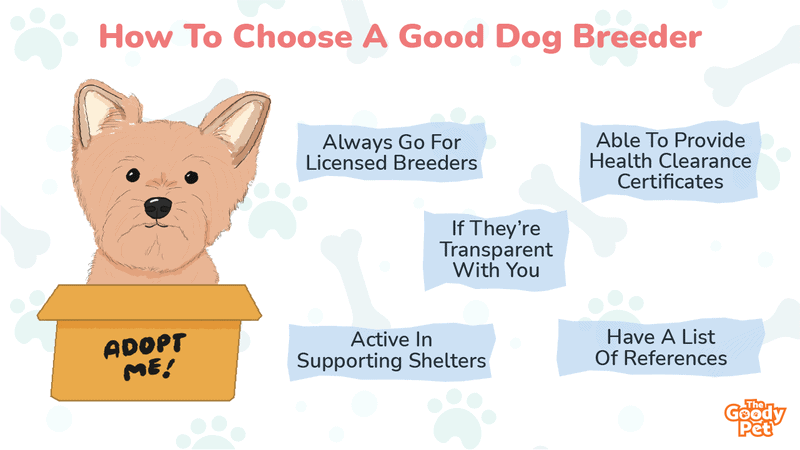Although there are lots of benefits to adopting an adult dog, purebred dogs enable puppy seekers to match their family’s needs with the traits and behavioral characteristics of the dog that will best suit their homes.
It can often be a daunting task to find the right dog breeder for a new four-legged member added to your family. Finding the breeder is essential if you’ve decided on a specific breed for your family. A good dog breeder has spent years researching the breed’s pedigrees and is highly educated about both the breeds and the lineage they breed from.
Figuring this out should help you in the long run as you need not be concerned with unforeseen issues arising from health risks your pup may experience in the future due to poor dog lineage. Here are some red flags and green flags to look for when looking for a breeder.
13. License And Registration
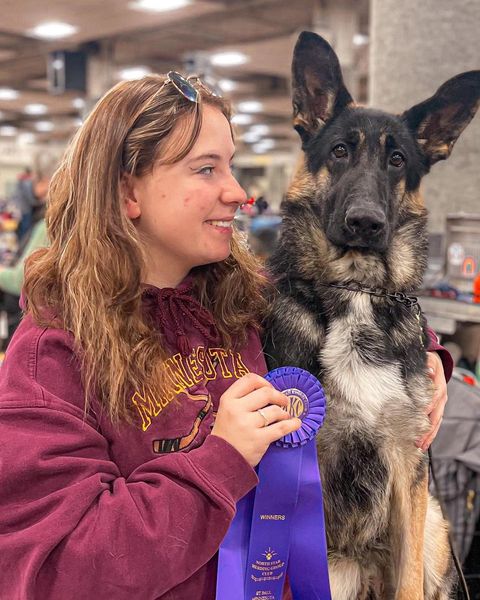
It is regarded as a green flag if the breeder is licensed and their license number appears in all of their advertisements. If you ask it, they will gladly show it to you. Their license verifies that they meet specific requirements and that their breeding and raising procedures have been inspected.
But keep in mind that not all good breeders are licensed, and not all licensed breeders are good.
12. Refusing An On-Site Visit
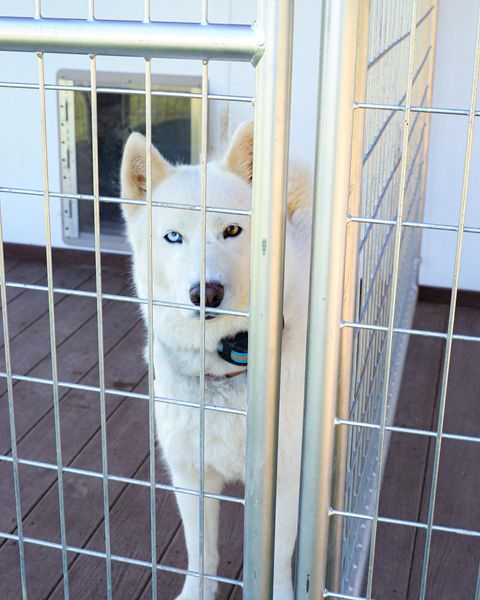
Consider it a red flag if you come across a litter of puppies and the breeder refuses to let you see them. You must be able to meet the breeder, mom, and puppies once they are a little older. This is an excellent opportunity to observe how the puppies are being raised. It is essential for early pups to be exposed to the activities of household life.
Of course, there are exceptions to any rule. Perhaps there have been health problems inside the home, or they have another good reason for not allowing visitors, but proceed with care and consider looking somewhere else at this time.
11. No Dogs Seen Visibly At The Establishment
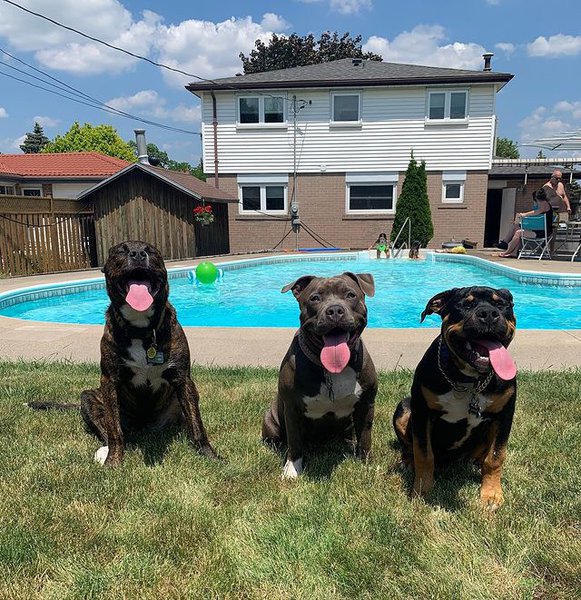
If the breeder’s house has no dogs, it is an indication that the breeder was only hired to sell the puppies for a commission or that the breeder is out to scam you. In either case, this is a clear red flag to watch out for.
10. Ask For The Number Of Litters Per Year

When breeders claim to always have pups available, this is a significant red flag. Bitches normally breed only once a year and have no more than two litters per year. Anything more is a sign of a commercial business or puppy mill.
Female dogs are only allowed to have four litters in their lifespan, after which the kennel club will not register any additional litters. Making a dog have a lot of litters is cruel and unhealthy; therefore, if a breeder is regularly advertising litters online, they are either breeding their bitch too much or selling a lot of different dog breeds.
9. Ask About Health Screening

Inquire about health clearances, particularly heart, hip, elbow, and eye clearances, if this is their first litter. If they say, “my veterinarian says my pup is healthy” but can’t provide you health clearance certificates from the CERF or OCA, don’t take the chance of adopting a new family member that will either die young or have to be put down at an early age.
This is indeed a red flag since you may end up facing thousands of dollars in veterinary bills due to the breeder’s lack of clearances.
8. Volunteering At Dog Shelters

It’s also essential to consider that reputable breeders do not contribute in any way to the situation of animals in rescue shelters. If a breeder is an active supporter of shelters and helps them in their rescue efforts by assisting with transport, fostering, and placement of rescued dogs, then this is a green flag.
The dogs that end up in shelters are the result of irresponsible breeders that produce poorly bred, improperly raised, or abused canines who spend their early lives in one or more unfit homes.
7. No-Show During A Face-To-Face

Although some breeders may require a deposit before allowing you to purchase a puppy, it is still preferable to make the transaction in person. This will protect you in the event that the breeder does not show up on the agreed-upon schedule.
Consider it a red flag if the breeder didn’t show up at your meet-up place or if someone came on behalf of the breeder.
6. Sending Puppies Home Prematurely

Another red flag is pups being sold before they are old enough. Puppies require their mothers during the first eight weeks not just to survive but also to learn from them and know how to socialize with the rest of the litter. If a breeder gives you a puppy before then, decline.
5. Curious To Know Their Customers Better

Breeders spend lots of time caring for their pups, as well as researching and selecting which dogs to breed and screening potential pet parents. They will interview you thoroughly about your lifestyle, dog expertise, and attitude. All of this information aids responsible breeders in determining whether you will be a responsible parent to them as well.
They do it because they care, not because they want to make money, and that is a clear indication of a green flag. Because, at the end of the day, if you and your dog are a good match, you’ll both be happier. In turn, they’ll be glad to answer your question about them as well.
4. Always Review Past References

Always inquire whether the dog breeder has any previous buyer references. Before you buy a puppy, make sure this person is respectable and experienced. If the breeder is able to provide you with a list of references, this is a green flag. Make sure to go through each one to learn more about the breeder’s credibility.
3. Articulate The Dog Origins
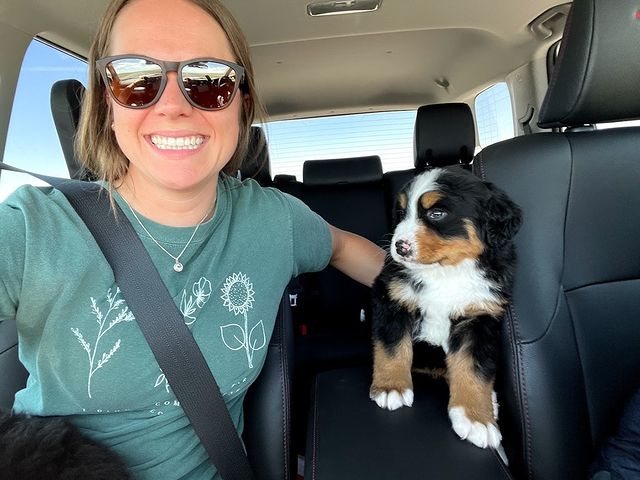
A good breeder serves as a mentor and a source of information in the community. Because most dedicated breeders only work with one or two breeds, they should have a deep understanding of the breed.
This green flag can save you time, money, and headaches for the rest of your dog’s life as you manage grooming, health, general behavior, training, and living with a dog by providing a free, passionate, and extremely informed resource.
2. No Signs Of Aggression

If the litters show no signs of biting, growling or snapping, you can be confident that the breeder has properly trained them to socialize with others when you meet the pups for the first time.
A good breeder ensures that each and every dog breed has all of the essential socialization for the dog’s age in order for them to act friendly with other people and animals. The puppies must also be housebroken to establish a habit that will enhance the likelihood that your dog will eliminate in the proper location while you aren’t around.
1. Has Both Parent Breeds

If a breeder owns both parents, consider this a red flag. Having both parents on-site isn’t always a smart idea, and this is where your instinct comes in. It’s uncommon for a breeder to have both parents in order to produce a quality litter. This is because they don’t really breed to see whether they have the best qualities; instead, they breed to profit from the sale of the pups.
Also, having both dogs on-site can sometimes indicate that the parents were not properly monitored in the yard, and the resulting litter is the outcome. Make sure you counter with a question about how and why they came to own both parents. If there is no satisfactory answer, the breeder may not be in it for the right reasons.
Related Questions
What Should Be Considered When Choosing A Dog Breed? There isn’t any wrong or right approach to finding a new dog. What matters is that you find a suitable dog for you. Temperament, cost, size, and the preferences and needs of individual family members are four of the most important factors to consider when selecting a dog breed.
What’s The Easiest Dog To Breed? Labradors, Siberian Huskies, and German Shepherds are among the easiest dog breeds to breed. There is, however, no excuse for being irresponsible and engaging in unethical breeding. Before you start, be sure you’ve done your research.
What Selective Breeding Has Done To Dogs? Selective breeding has done much harm to dogs. For example, the resultant trait of excessively short legs in the breeding of Dachshunds and Basset Hounds have resulted in chronic elbow dislocation and bowed legs in the young generation of such dogs. A Dachshund’s long back and short legs make it more prone to ruptured vertebral disks.

